Source: Paul Veradittakit Translated by: BitpushNews Yanan
Introduction
Memes, as information units for communication, exchange and cultural transmission between people, have been closely linked to crypto culture in the past decade. Back in 2014, the first Meme coin was born in a light-hearted and humorous way on the soil of Bitcoin, marking the rise of this new currency. In the bull market of 2021, the total market value of Meme coins has reached an astonishing $75 billion.
Recently, the Meme coin market has shown a blowout growth trend. For example, the ERC-20 token with the theme of "Pepe The Frog" has seen its market value soar by 400% to $2 billion in less than a year. Another example is the meme coin depicting a purple top hat launched on the decentralized social network Farcaster, which has quickly exceeded $1 billion in market value, even surpassing Farcaster's own market valuation. In addition, a meme coin with the image of a dog wearing a knitted hat has quickly become popular on crypto Twitter, and its market value has surged more than 20 times since the beginning of the year, totaling about $4 billion.
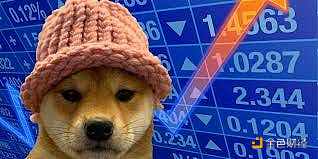
Meme coins have become a force that cannot be ignored in the market. In this article, we will explore in depth the reasons why Memecoins can continue to exist. By building a more systematic analytical framework, we will have a clearer understanding of the internal logic of Memecoins. At the same time, we will also examine the infrastructure that supports the development of Memecoins and further explore their key role in greatly improving network interaction.
The development of Memecoins is inseparable from attention
In the Memecoin market, attention is crucial. It leads community behavior, stimulates surrounding hot discussions, and directly affects the price trend of Memecoins.
On social media such as Twitter, we often see the comment area filled with promotional information about Memecoins. The logic behind this is simple: the price of Memecoin depends largely on the attention it receives. The higher the attention, the larger the potential buyer group. If the relevant Meme content is interesting or attractive enough, these potential buyers are more likely to convert into actual buyers.
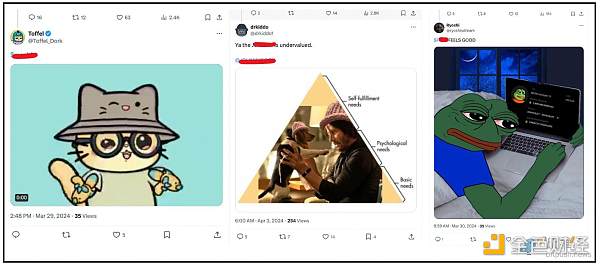
To attract more attention, Meme coin enthusiasts spared no effort. In addition to actively sharing Meme content on social media, they also promoted their tokens in various innovative ways. Take the dog Meme coin wearing a knitted hat as an example. Its community successfully raised $700,000 to display their Meme image on the landmark Las Vegas giant ball building. The effect of this publicity campaign was immediate, and the price of the coin immediately rose by 25%.
Sometimes, Meme coins do not rely on creating attention on their own, but cleverly use existing hot spots to attract attention. Take prediction markets such as PredictIt and Polymarket, where users can bet on the results of the presidential election. But at the same time, there are also some eye-catching "Politifi" meme coins centered around presidential candidates, which are intended to speculate on the public's interest in these candidates. As the 2024 election approaches, the prices of these "Politifi" meme coins and their speculative enthusiasm have risen sharply.
When it comes to which meme coins perform well in the market, the answer is obvious: those that can successfully attract the public's attention and gather the most attention.
The importance of the distribution mechanism
When evaluating the value of a meme coin, the distribution method of its tokens often influences the choices of many potential buyers.
Some meme coin projects reserve some tokens for teams and other activities. In addition to airdrops to community members and developers, they also set aside a portion for marketing activities, team rewards, and decentralized autonomous organization (DAO) operations.
This distribution mechanism has two major benefits. First, reserving tokens for the team can motivate them to be more actively involved in the project and ensure the long-term development of Memecoin. Second, the tokens reserved for DAO can be used to fund large-scale projects and ensure the continued prosperity of the entire ecosystem.
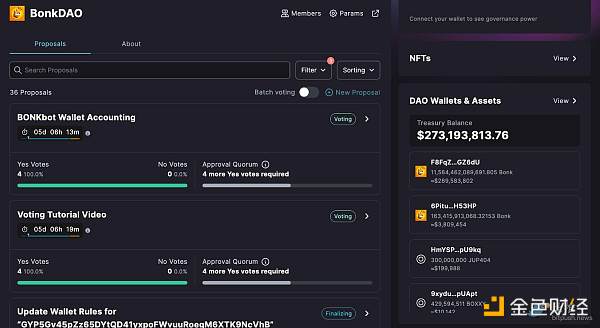
Some Memecoins, such as the Memecoin of the dog wearing a knitted hat, take the "natural development" route. In addition to the tokens used to provide initial liquidity, other tokens need to be purchased on the open market. Although such a strategy makes project fundraising and marketing more challenging, its fair distribution method has won the favor of many Memecoin enthusiasts.
Meme coin trading creates huge new market opportunities
The meme coin market is expanding rapidly, and the total market value of the top 10 meme coins has exceeded the $50 billion mark. It is particularly worth mentioning that the volume of meme coins on the chain is very impressive. Specifically, the daily transaction volume of the Solana network exceeds $1 billion, and meme coin transactions account for a large part of this. In short, meme coins have made a significant contribution to the high transaction volume of the Solana network. You only need to look at the top ten tokens ranking on Dexscreener to see this at a glance.
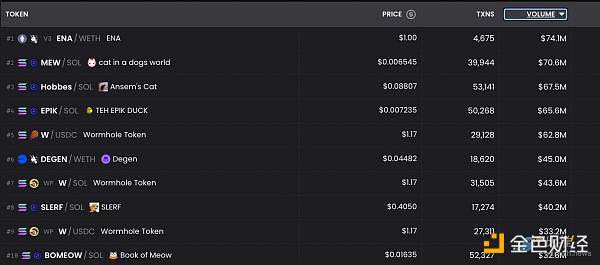
Therefore, this is undoubtedly a market with huge potential for developers and entrepreneurs. Tools and applications that focus on the creation and trading of Meme coins are gradually gaining popularity. Take Bonkbot, for example, it is a convenient Telegram trading bot that allows users to easily trade Meme coins on Solana. In just five months, its revenue has soared to $23 million.
Today, thanks to the existence of trading platforms like Bonkbot, trading Meme coins has become easier and easier. At the same time, in order to make the issuance of Meme coins easier, the relevant infrastructure is also being built in full swing. To start a Meme coin project, you need to create a token first, then use your own funds to build a liquidity pool on decentralized exchanges such as Uniswap or Raydium, and carry out corresponding marketing activities.
Pump.fun platform is a good example, which provides users with a convenient service to publish Meme coins with one click. Thousands of users have successfully published the latest Meme coins through this platform and found the projects they are interested in. It is worth noting that Pump.fun can now easily earn hundreds of thousands of dollars a day through transaction fees alone!
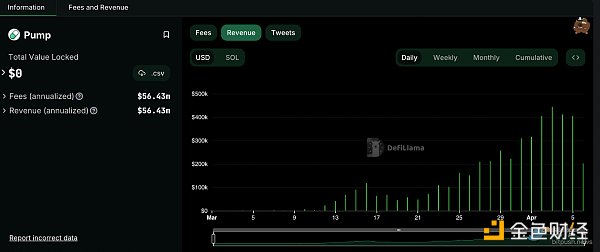
Meme coins help spread content
Meme coins cleverly combine the fun of sharing online memes with the economic incentives of buying, making ordinary online memes more attractive. The community behind the first Meme coin successfully promoted the "Doge" (meaning "too cool") Meme into a high-profile cultural communication movement by holding this token to gain incentives, and even attracted the attention of celebrities like Elon Musk. If we can deeply understand and grasp the characteristics of Meme coins that encourage mass communication, then we can not only enhance the spread of online memes, but also bring new vitality to the field of cryptocurrency.

Among them, non-fungible tokens (NFTs) are one area that can take advantage of Meme coins. Currently, during the bull market, most NFTs have performed less than ideally. Why is this the case? The problem is that their dissemination is limited.
While the scarcity of NFT series makes them excellent luxury assets, only a few participants are incentivized to bring exposure to the series. Take Cryptopunks as an example. The supply of this series is capped at 10,000. Although owning them symbolizes noble status, this cap also limits the number of fans, making its dissemination range and visibility incomparable to Meme coins. The introduction of the ERC-404 standard cleverly solves the problem of NFT distribution. This new standard makes the design of partial ownership of NFT possible, bringing innovative ideas to the market. Projects such as Pandora, DN-404 and Asterix are actively exploring this field, trying to split NFTs into multiple shares - you can also think of these shares as Meme coins. This means that NFTs that could previously only be held in their entirety by one person can now be broken down into smaller pieces for more people to hold. This change not only broadens the audience for NFTs, but also motivates everyone to increase exposure for NFT collections, while also preserving uniqueness for those who are still willing to hold the entire NFT.
Meme coins inject new vitality into blockchains and applications
In November 2022, the bankruptcy of FTX dealt a heavy blow to the Solana ecosystem, causing many teams to lose a lot of money and the entire community to fall into a slump. Due to FTX's close ties with Solana, this incident seriously affected the confidence and activity of the community. However, just one month later, an interesting turn of events occurred.
In order to boost community morale, the Solana network airdropped a special Meme coin to developers and users, which was an image of a lively orange Shiba Inu. This move is not only to reward community members, but also to reignite everyone's enthusiasm for Solana.
This strategy can be said to be very effective. The orange Shiba Inu Meme coin quickly became the focus of the Solana community and was widely used in various decentralized financial protocols and applications on the platform. Users discovered that they could use this Meme coin to earn returns, use it as collateral, and even use it in Solana's games. As the trading activity and price of Meme coins continued to rise, the enthusiasm of the community was rekindled and the activities of developers became more active. With the combined effect of these factors, Solana was able to maintain its position in the bear market.
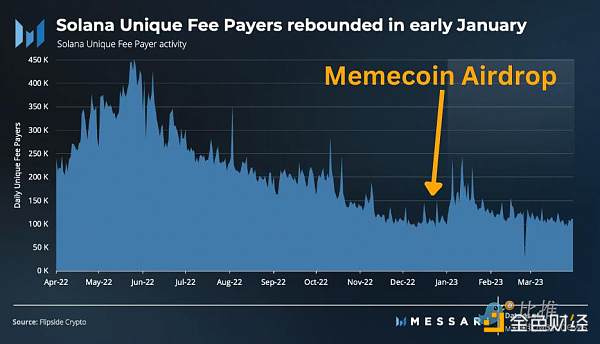
The role of Meme coins in stimulating network activity is gradually being recognized by the industry. For example, the blockchain platform Avalanche has created a $100 million "culture" fund to support the development of Memecoin. The Blast platform has further increased user participation by rewarding Blast Gold to users who participate in Memecoin activities. In addition, the short video social platform Drakula is not far behind, and has cleverly attracted more users to actively participate in the interaction by integrating Farcaster's purple hat Memecoin.
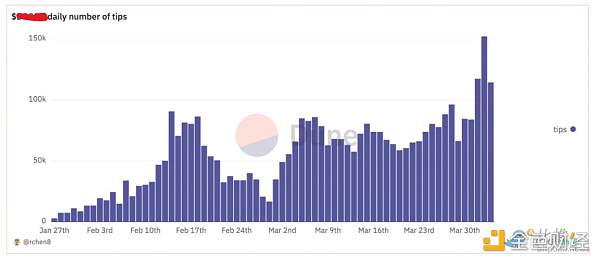
These vivid success stories not only highlight the significant potential of Memecoin in improving the activity of network interaction, but also provide us with useful reference. Therefore, I suggest that more online communities and platforms can think deeply and explore how to effectively use Meme coins as a tool to increase the activity of their respective projects.
Ultimate Thinking-Meme Coins: Hidden "Entry-level" Cryptocurrency
For Meme coins, I have the following insights.
First, the popularity of Meme coins has not diminished. I have noticed that the younger generation is keen to participate in various Meme coin activities and even regards it as a trendy way of socializing. The Generation Z interns in our company often buy and sell Meme coins with their friends, which not only makes them have fun, but also enhances friendship and feels the ups and downs of the market together.
Secondly, Meme coins are simply a "boosting artifact" for platforms and applications. It not only makes people more willing to share those funny pictures and videos, but also brings new opportunities to NFT projects, social software, and even the entire blockchain field.
Ethereum's founder Vitalik Buterin also said that Meme coins actually have many uses, such as charity or playing casual social games. His point of view is very interesting and worth your in-depth thinking.
But then again, I think Meme coins can do more than that. It looks like a "little toy" for relaxation and entertainment, but in fact, it may be a "Trojan horse" for the encryption industry-quietly bringing a new generation of young people into the world of DeFi applications and the entire Web3. Simply put, Meme coins make cryptocurrency more interesting and inject new vitality and possibilities into the field of cryptocurrency.
 JinseFinance
JinseFinance
 JinseFinance
JinseFinance JinseFinance
JinseFinance JinseFinance
JinseFinance Joy
Joy JinseFinance
JinseFinance JinseFinance
JinseFinance JinseFinance
JinseFinance JinseFinance
JinseFinance Coinlive
Coinlive  Bitcoinist
Bitcoinist